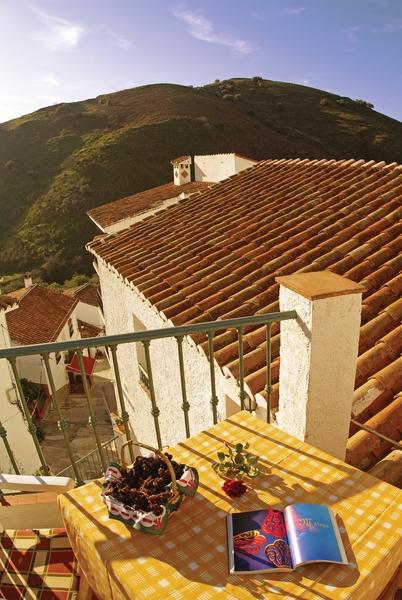Book by STEPHANIE STRICKLAND
Reviewed by
 Begin with the cover of Dragon Logic: double Garamond italic ampersands. Inverted they propose elegant dragons against a green hide background. “TWO dragons,” Stephanie Strickland writes in the eponymous poem, “keep a pearl/in the air untouched/if yes then no if no then yes.” Their “dragon logic” insists that the reader consider sets that consist of themselves, a common problem in questions of reflexivity where the self of the self-reference is a human self. This proposition enlarges the idea of the juggling proposed by John Keats’ concept of negative capability—“when a man is capable of being in uncertainties, mysteries, doubts, without any irritable reaching after fact and reason.”
Begin with the cover of Dragon Logic: double Garamond italic ampersands. Inverted they propose elegant dragons against a green hide background. “TWO dragons,” Stephanie Strickland writes in the eponymous poem, “keep a pearl/in the air untouched/if yes then no if no then yes.” Their “dragon logic” insists that the reader consider sets that consist of themselves, a common problem in questions of reflexivity where the self of the self-reference is a human self. This proposition enlarges the idea of the juggling proposed by John Keats’ concept of negative capability—“when a man is capable of being in uncertainties, mysteries, doubts, without any irritable reaching after fact and reason.”

















